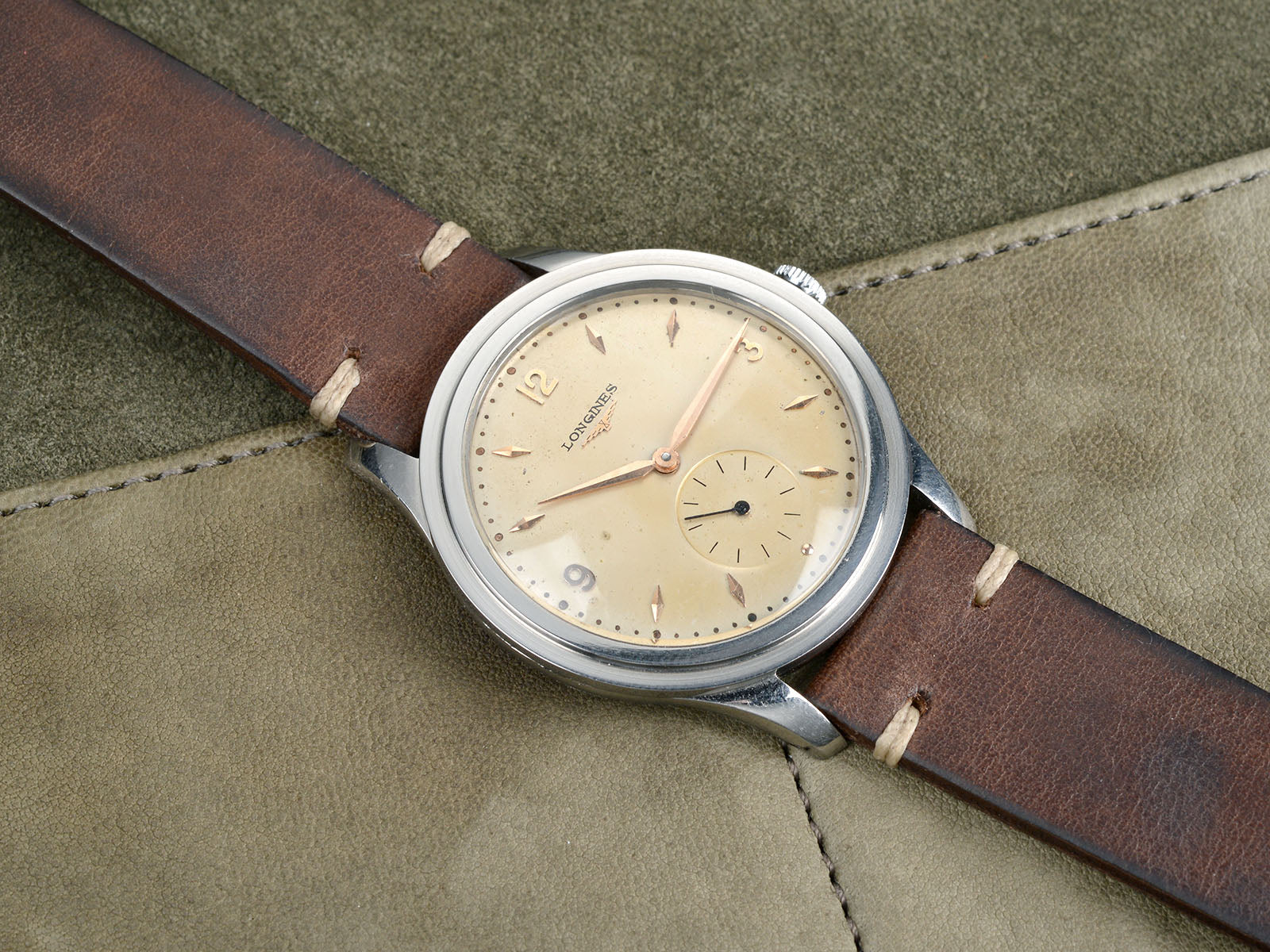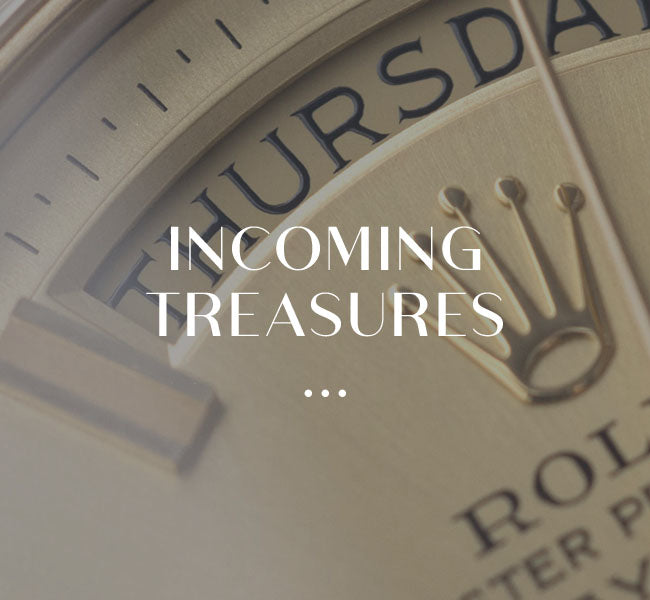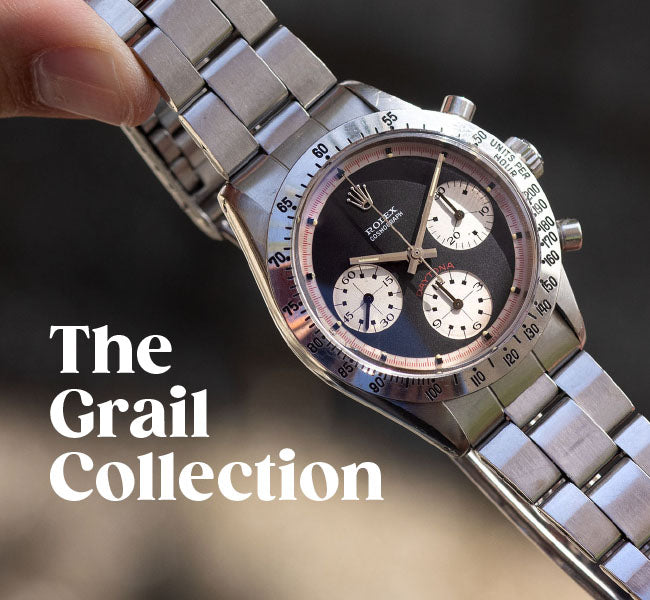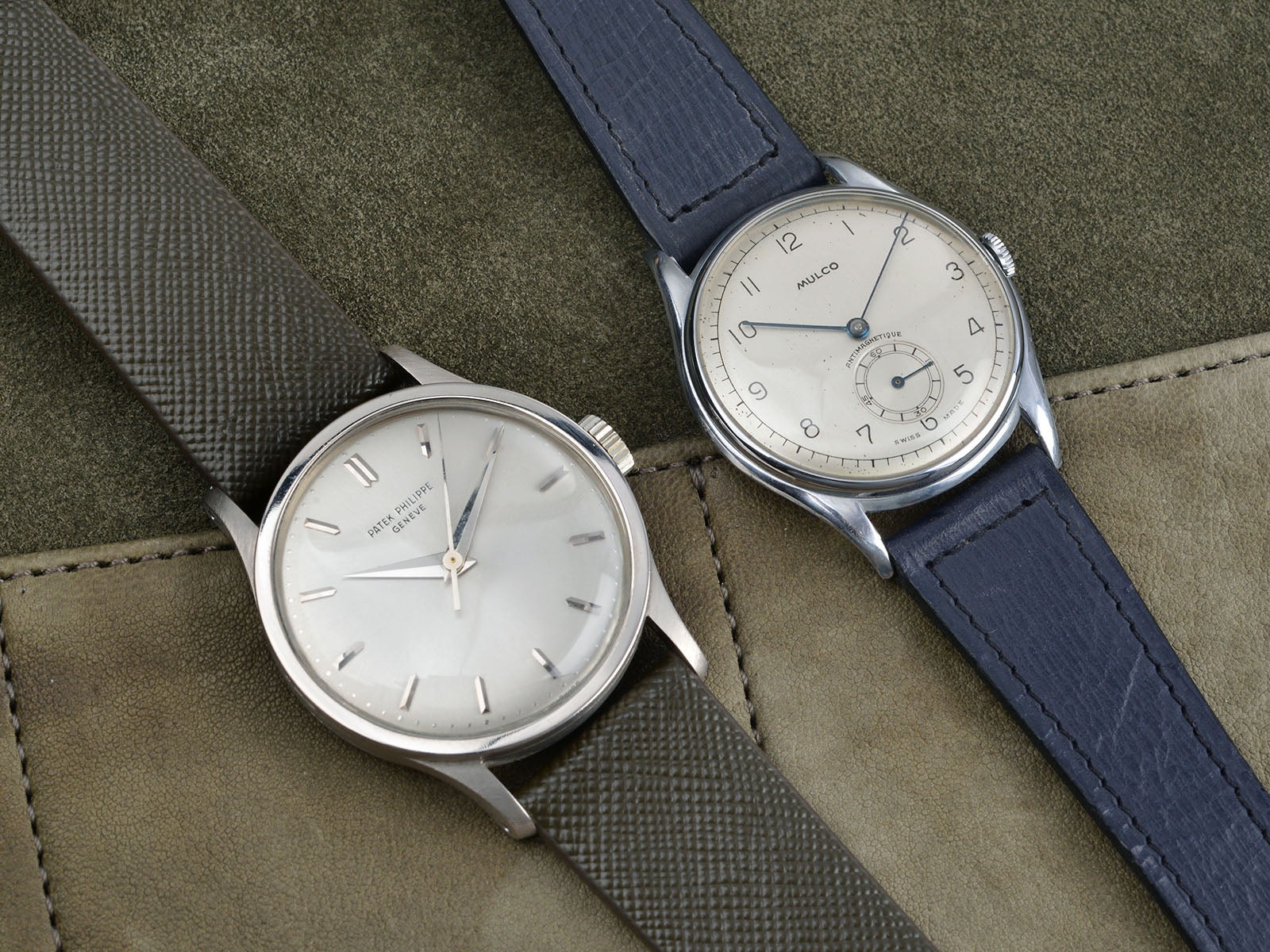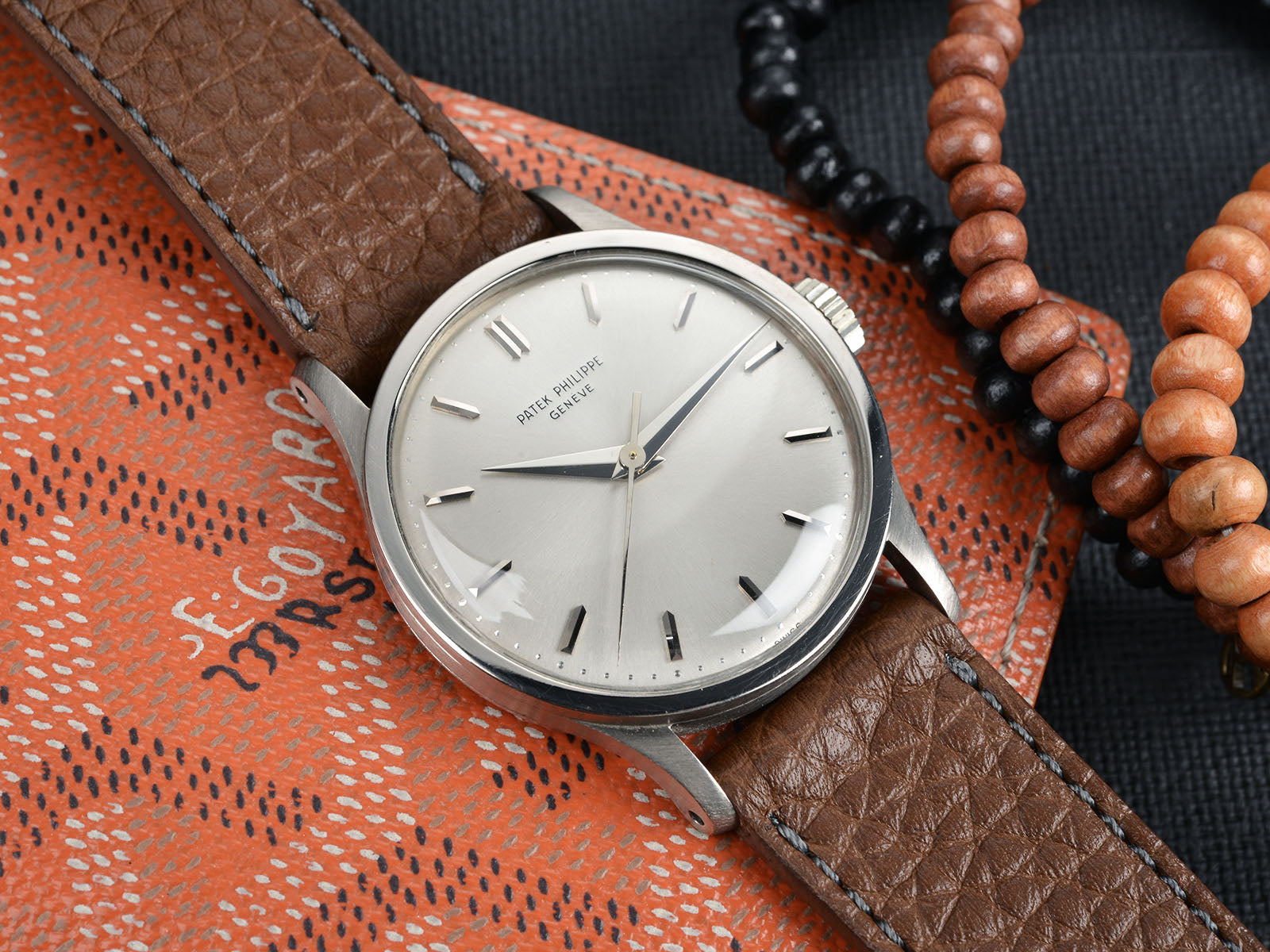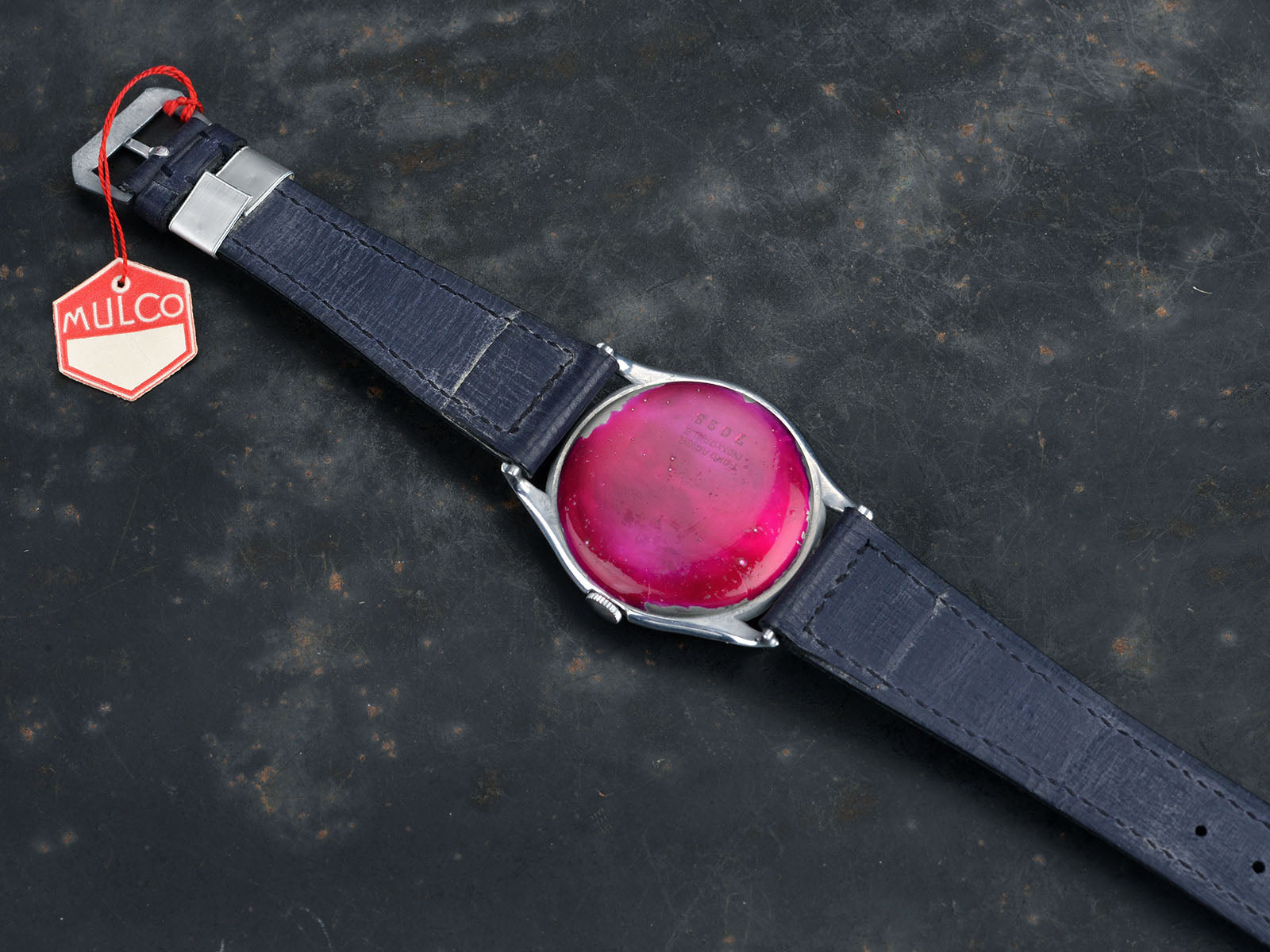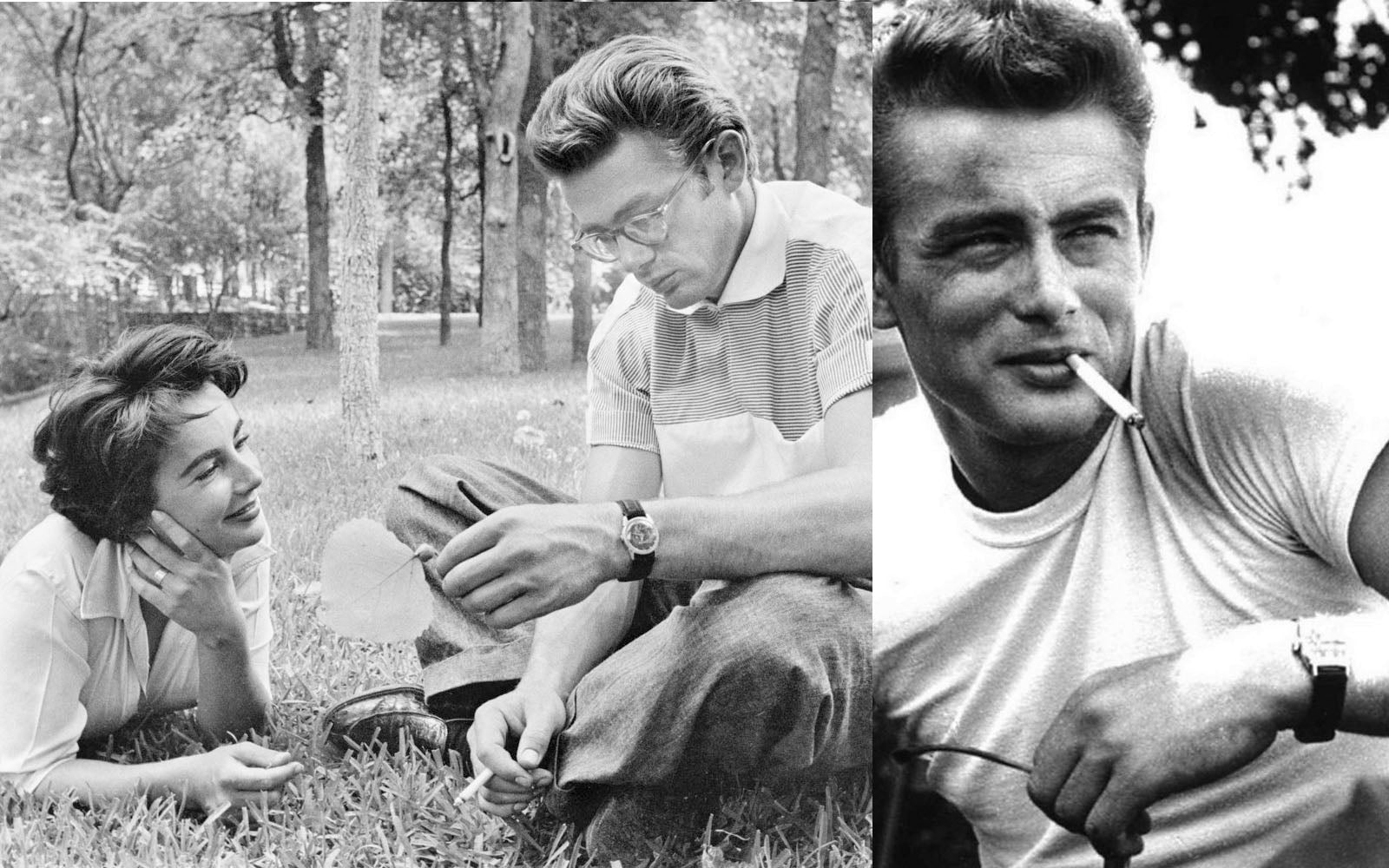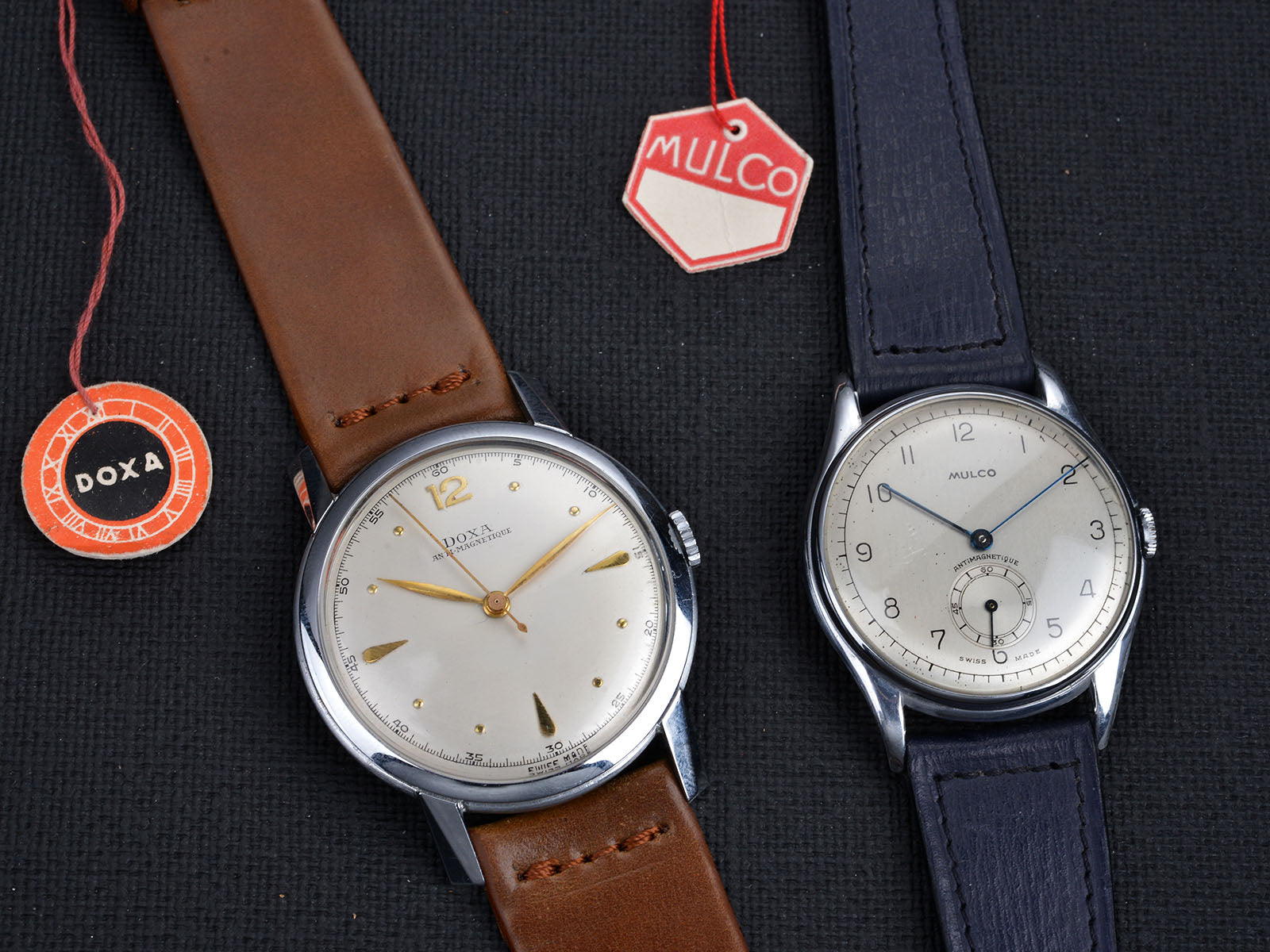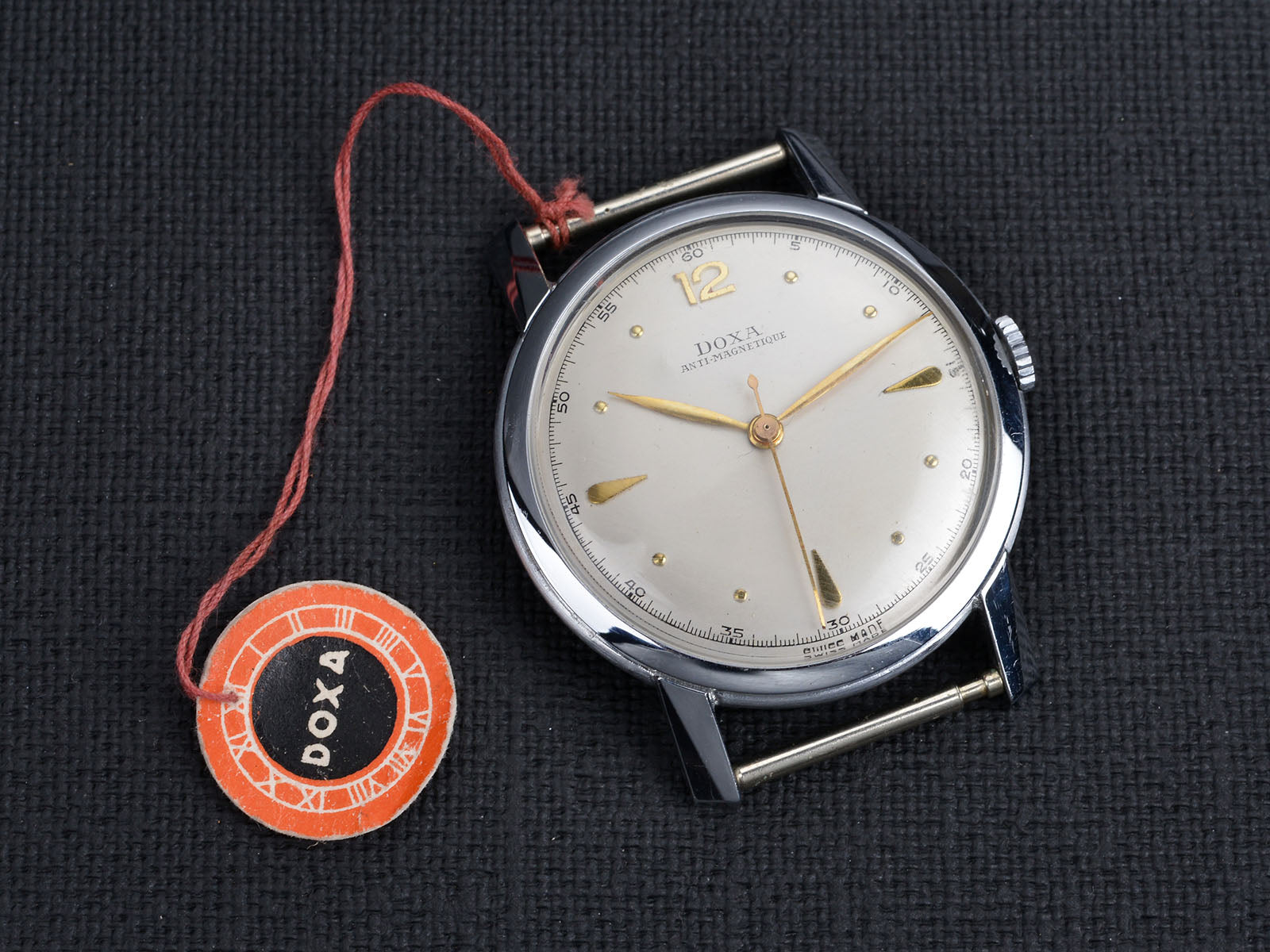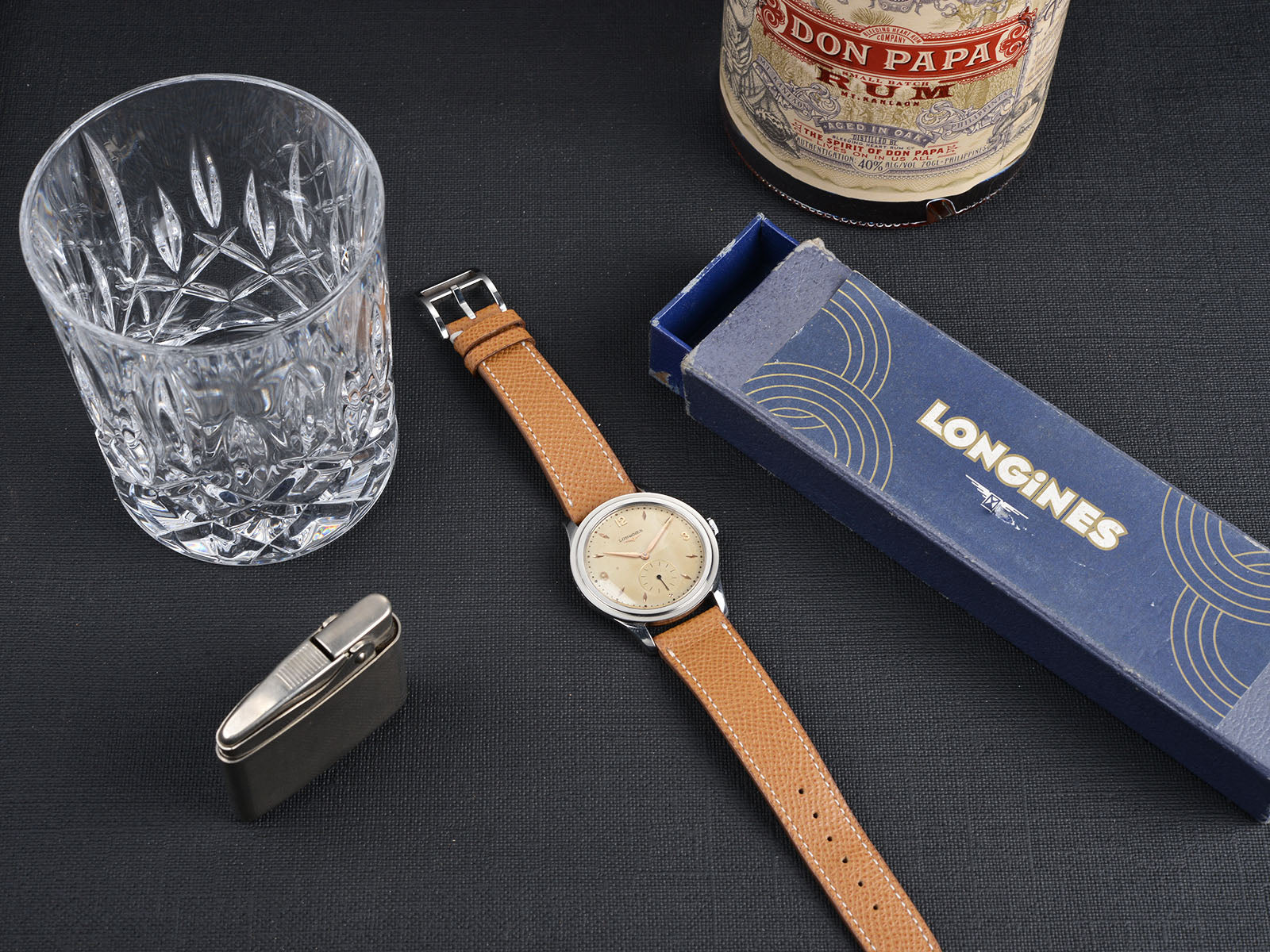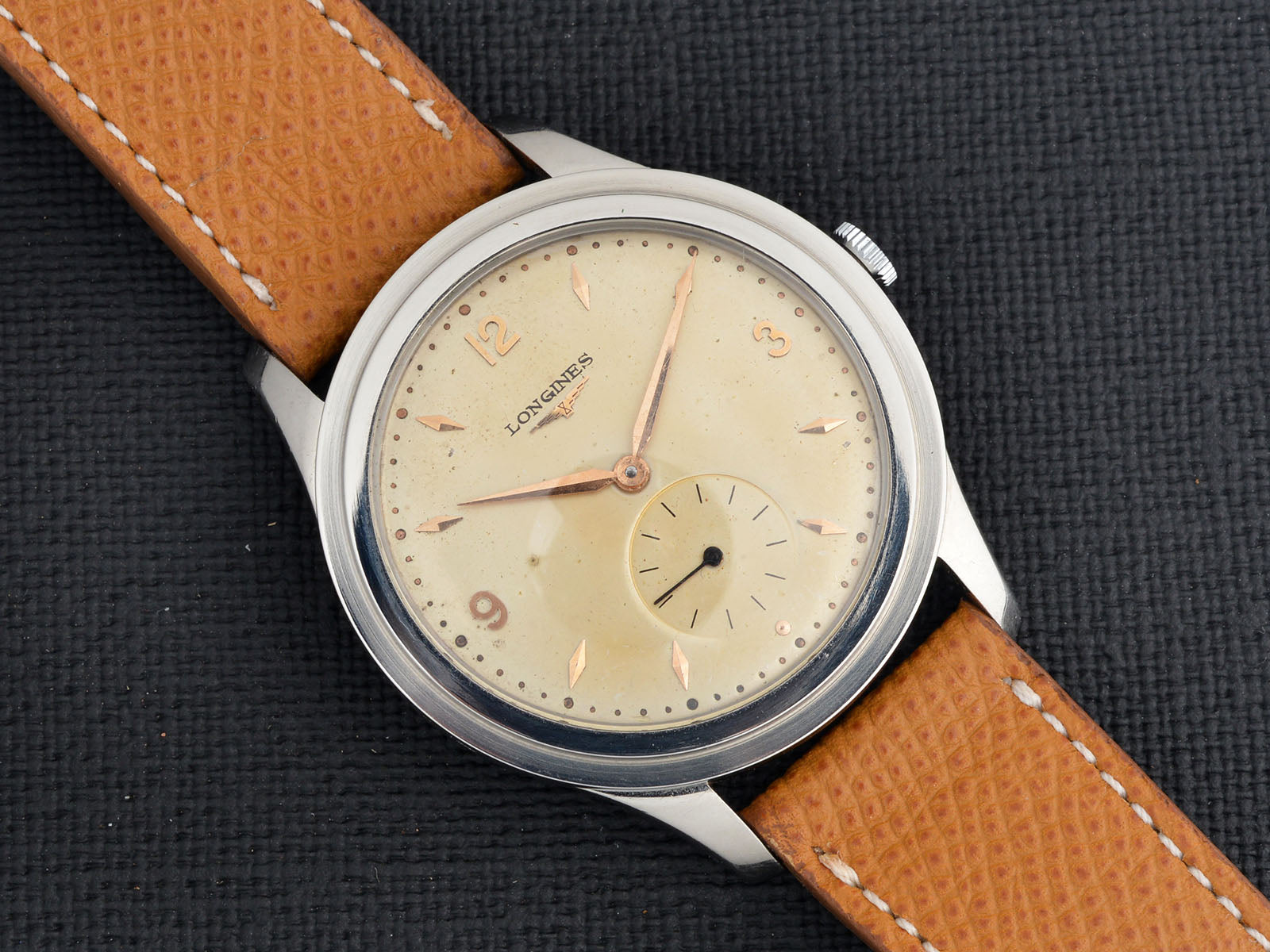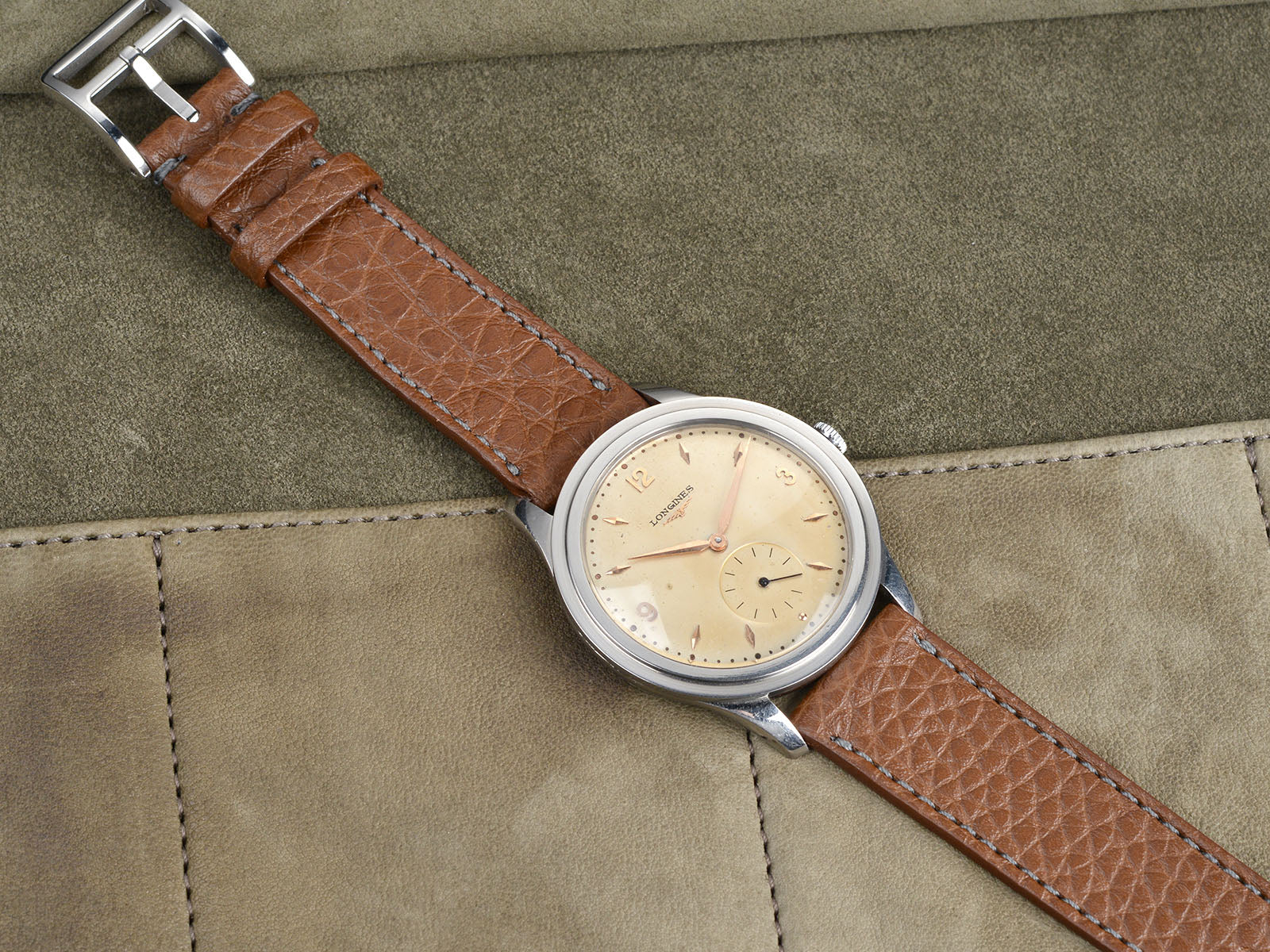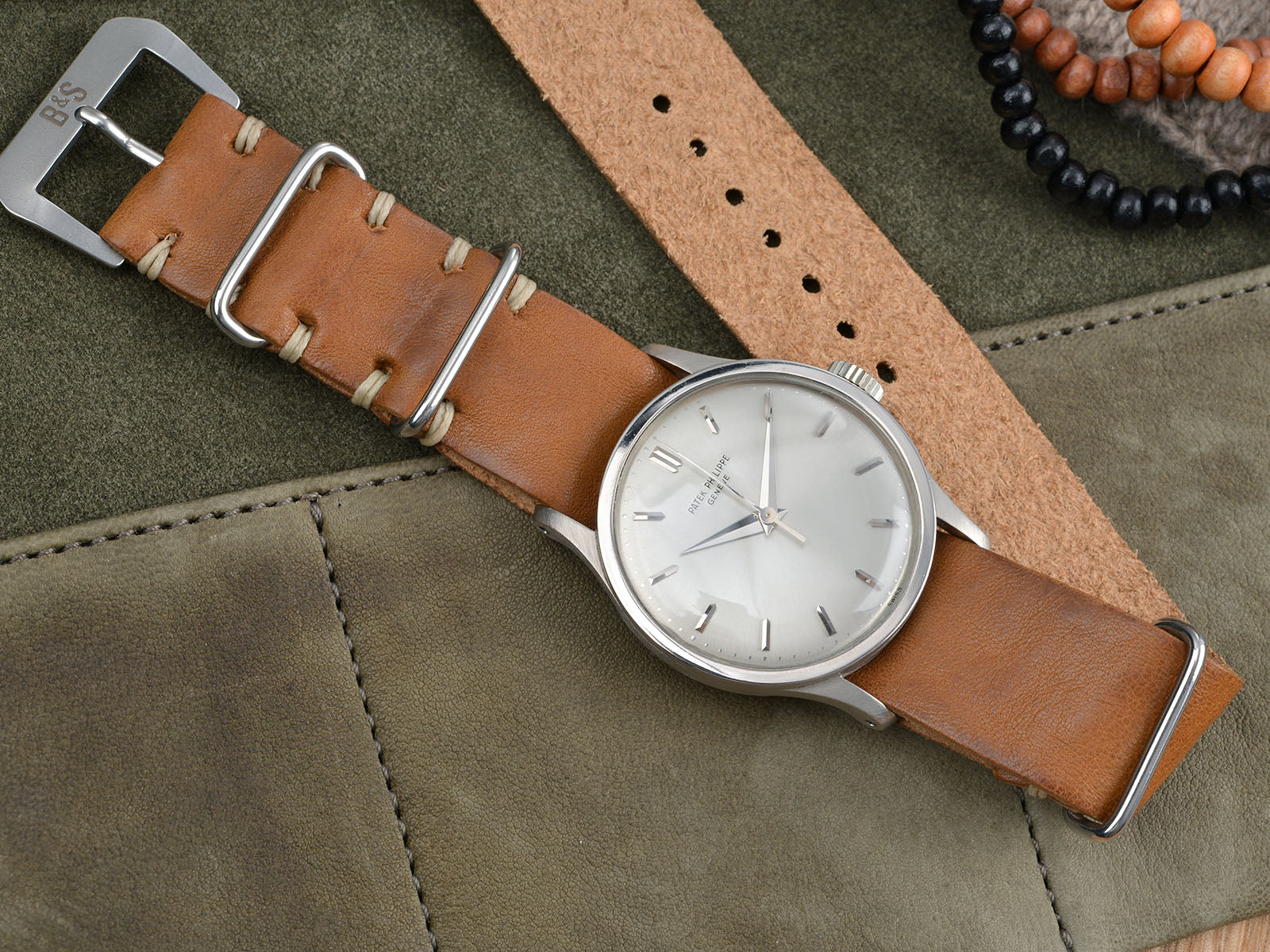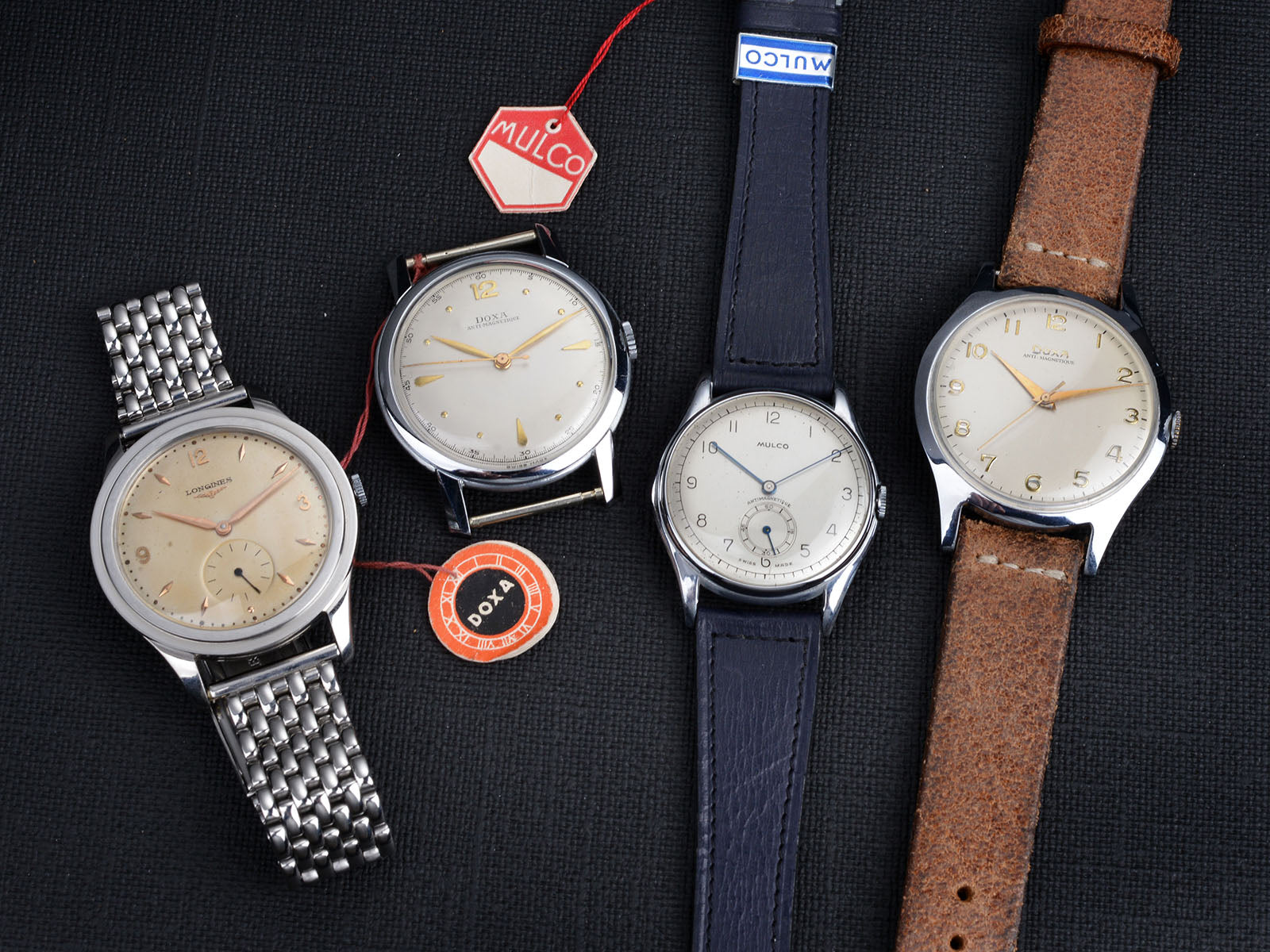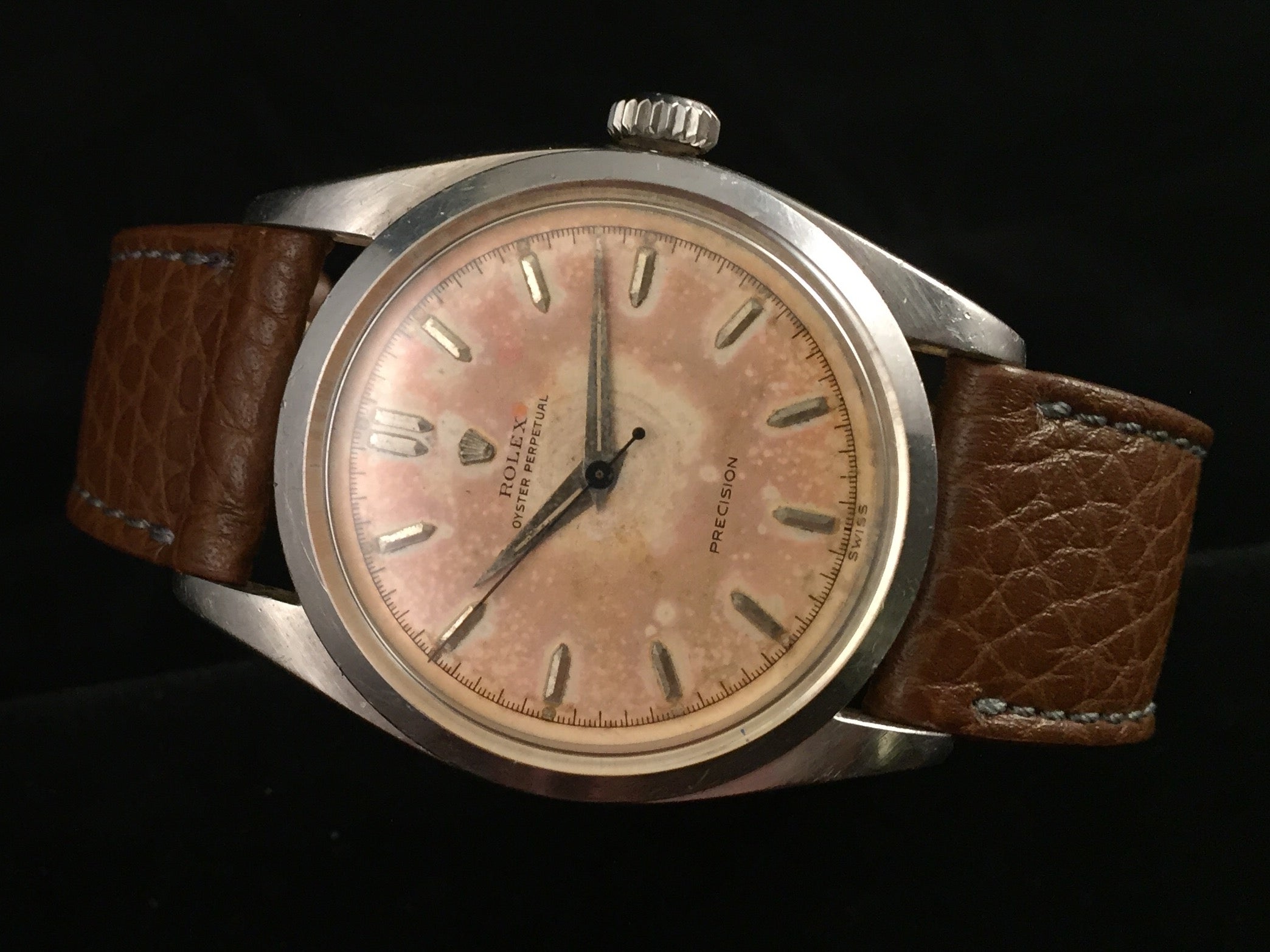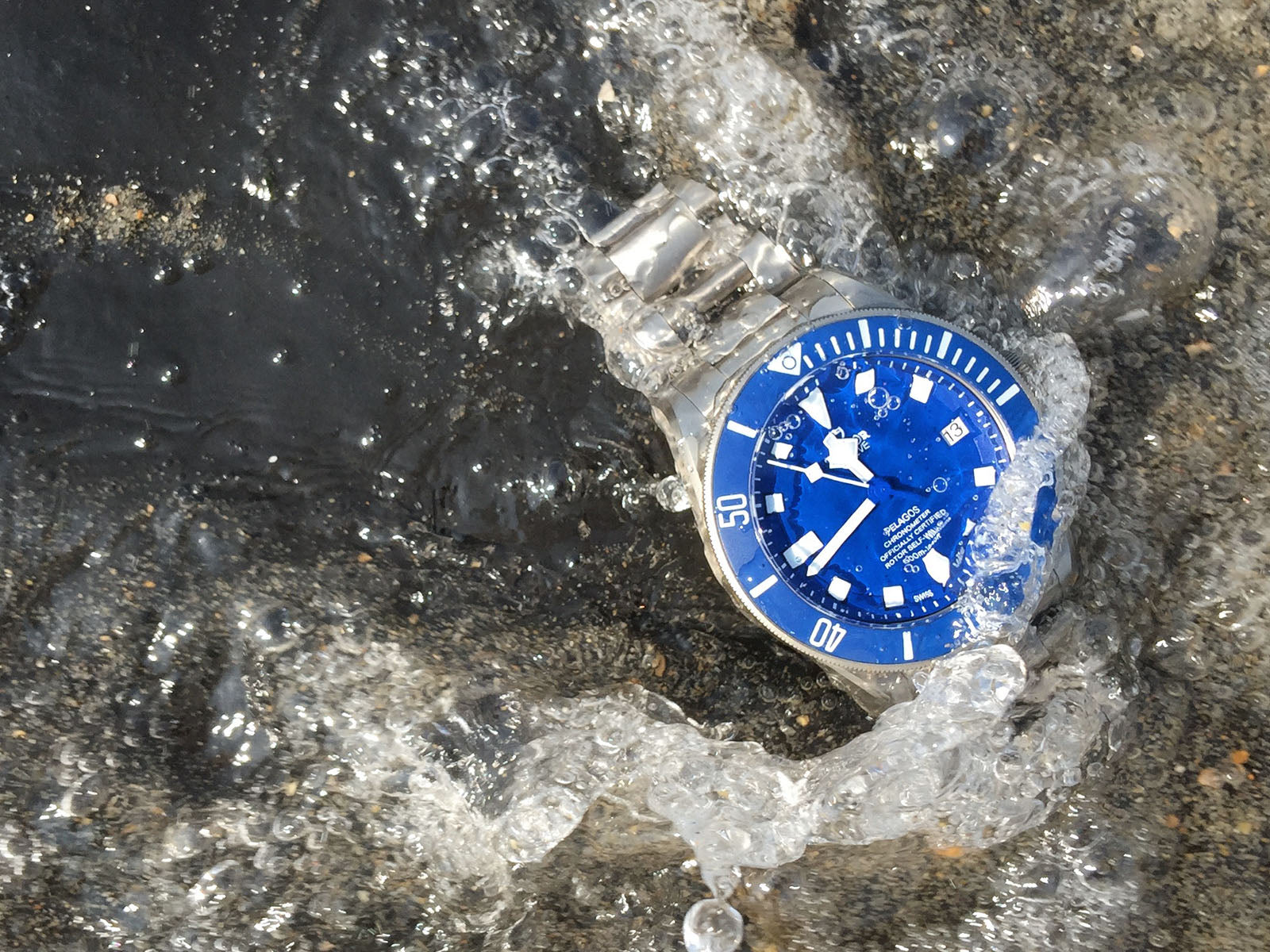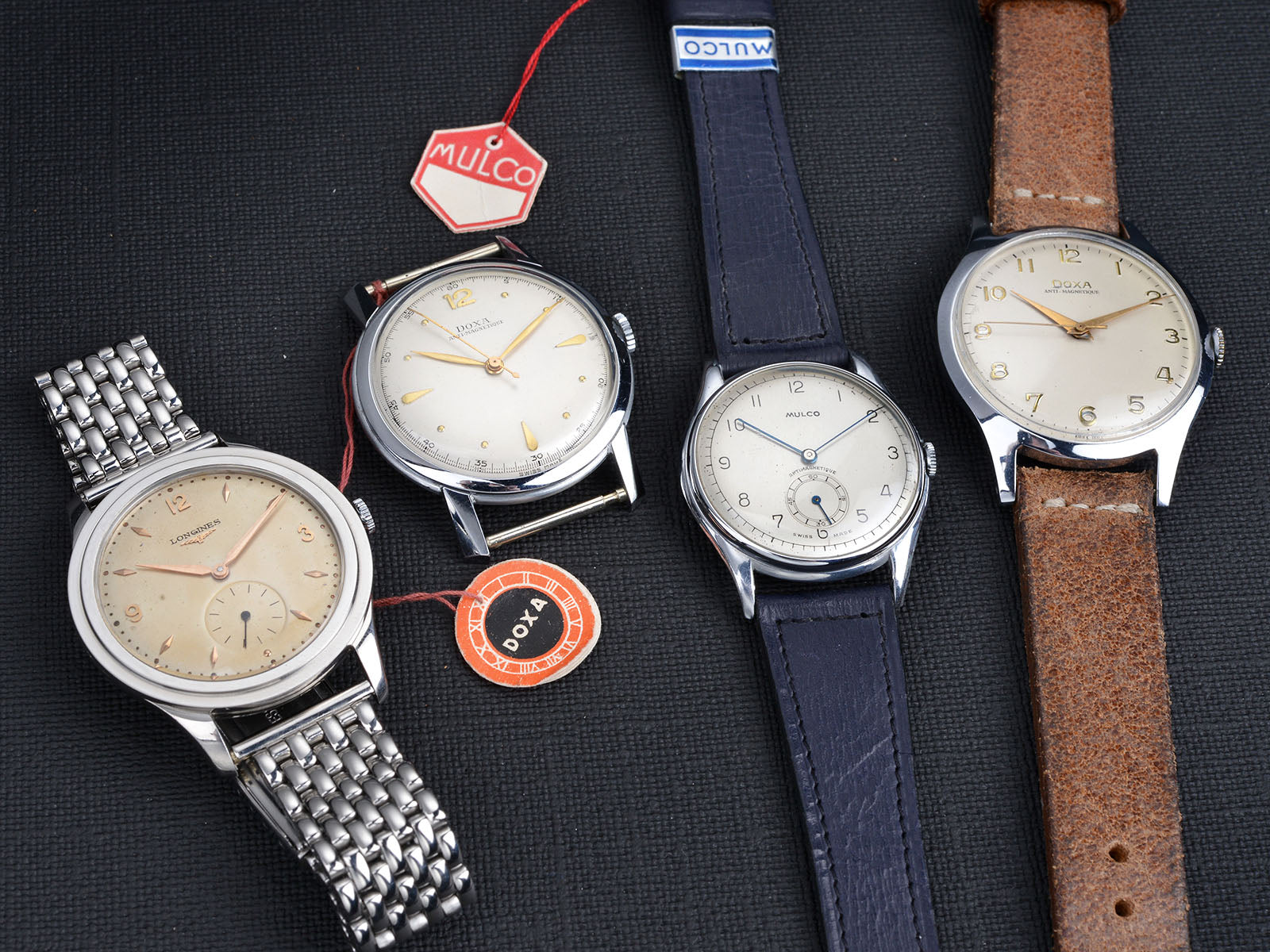
A Giant Amongst Men
The 1940s and 50s were a time when small and understated were the norm, especially in the world of horology. But it hadn’t always been the case and wouldn’t be in the future…
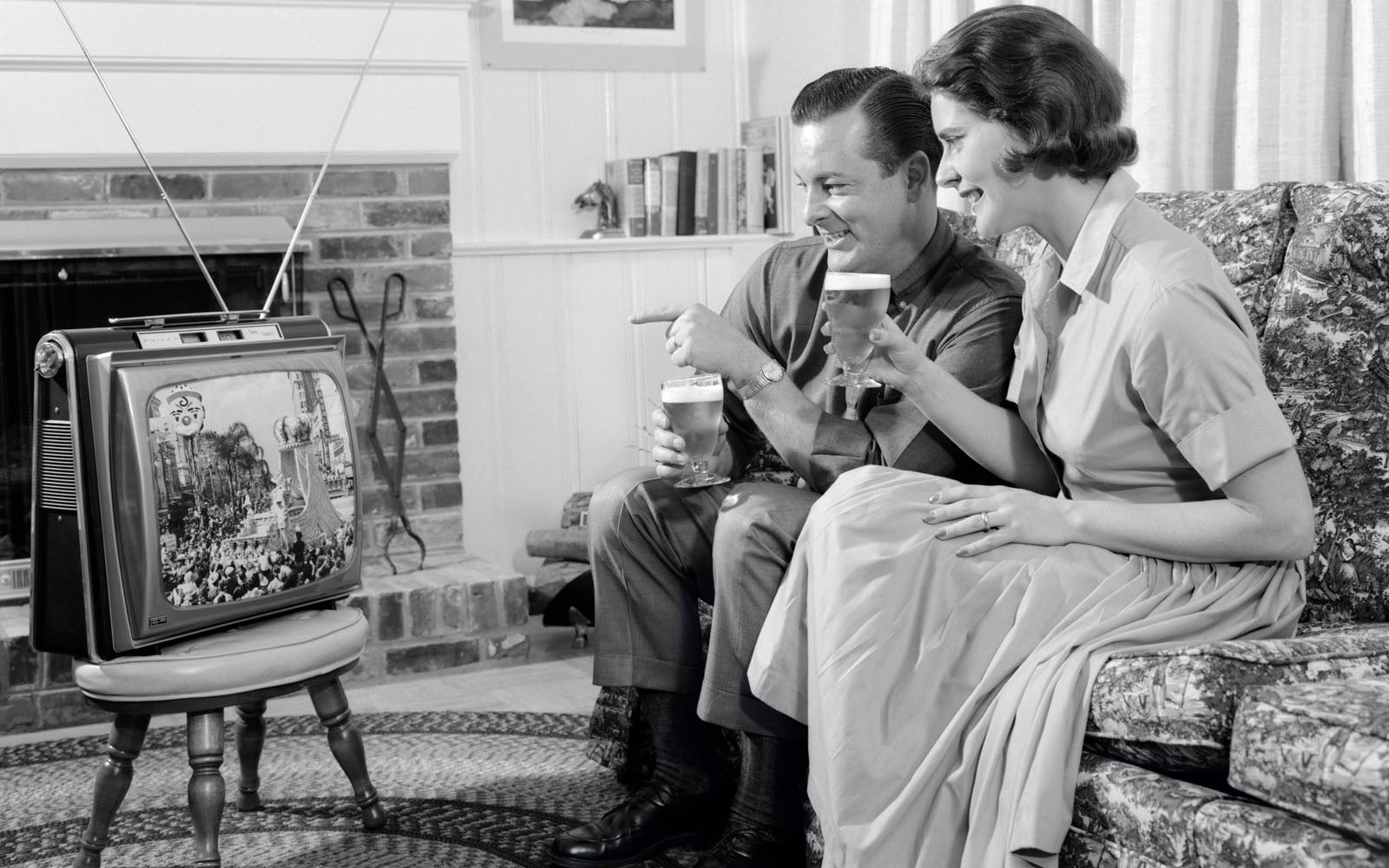
The Pocket Watch
The pocket watch began appearing in the mid 17th century, when men began wearing waistcoats with pockets. Up until this point the man-about-town would carry a small brass clock around is neck on a chain. These simple hour-hand-only timepieces were heavy and were protected by a brass cover, as opposed to a glass. Through the 18th and 19th centuries the pocket watches were generally worn on a chain (of matching metal – often silver or gold) and became an important part of a gentleman’s wardrobe and a status symbol. Over these years the watches tended to be either open face (exposed crystal) or hunter (with hinged metal lid over the crystal) in design.
In The Army Now
It was during World War 1 that the wristwatch started to be more commonly employed. The soldiers and officers based in the trenches didn’t want to be fumbling around in their pockets to find the time out, especially in some of the very challenging weather and battle situations that they faced in WW1. Instead, they began wearing the watches on their wrists. The advance in the use of aviation in warfare was also key as pilots needed easily viewed watches too. A watch (or more importantly the timing opportunities associated with wearing a watch) was a key piece of equipment for pilots and soldiers and so began the practice of wearing wristwatches.

Less is More
As is often the case with all technologies (think computers, mobile phones and music players) the race began to develop watches that were of the highest possible quality, but in cases that were smaller and more elegant. By the 1940s and 50s the vogue was for smaller watches. The now famous brands made their first forays into the mass market of vintage watches with watches that were typically 32 to 35mm. Think of watches like the Rolex Bubbleback, dress watches from Omega, the Patek Philippe Calatrava – all the prestigious brands making watches that are small by today’s standards. You all know I have a particular passion for vintage Tudor watches and the same is true of them. The 1950s watches are generally either 32mm or 34mm cases sizes. The 32mm Oysters (both Tudor and Rolex) we call mid-size and in today’s market they are not as popular. Passionate collectors are not always so obsessed with case size however. I remember a particular conversation I once had with Mr John Goldberger about a small size Rolex ‘Piccolino’ chronograph. He was extoling the beauty of the dial and made the point that “case size doesn’t matter – this watch is beautiful!”
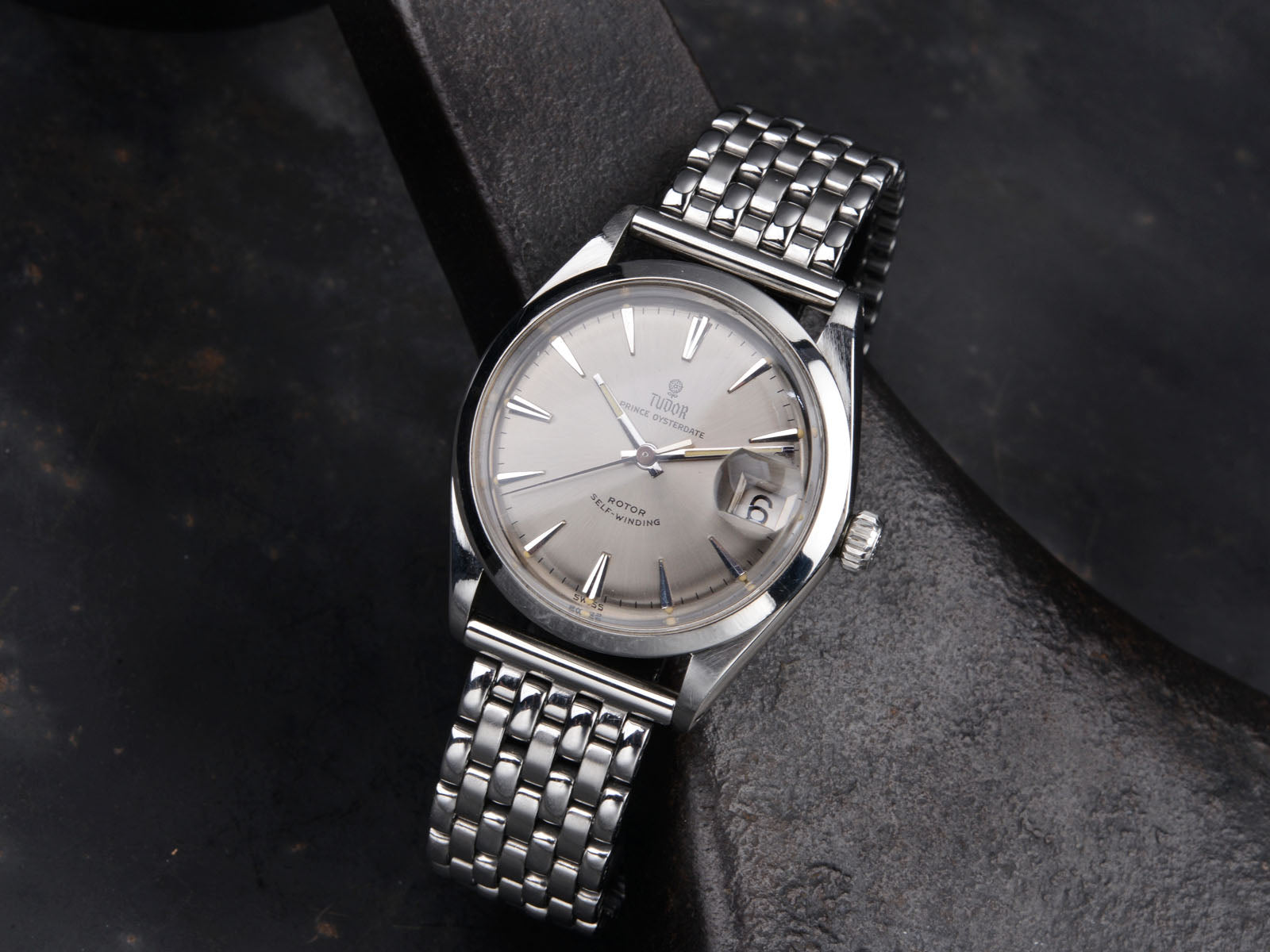
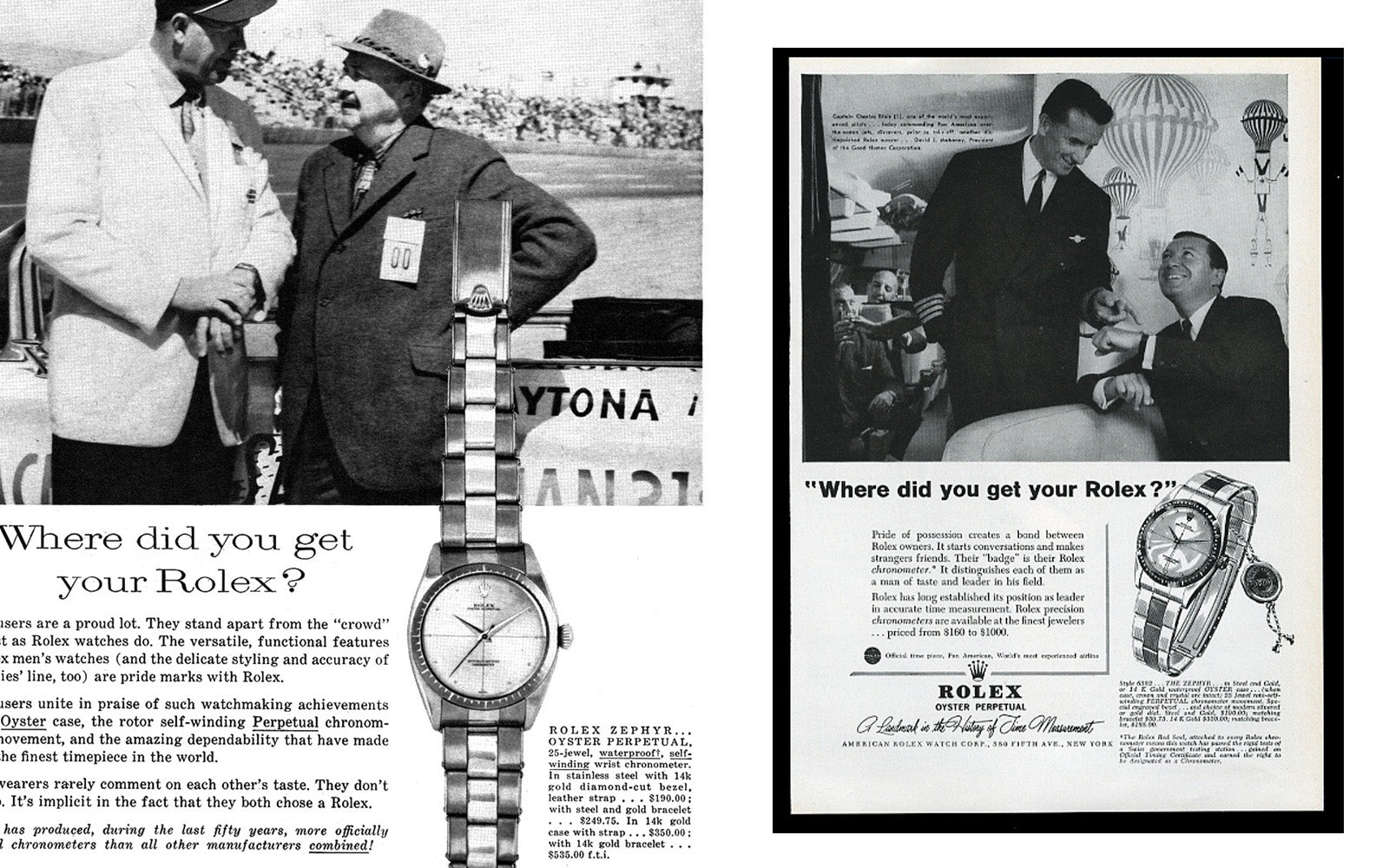
Patek Whitegold ref 570 36 mm and NOS Mulco Calatrava 33 mm
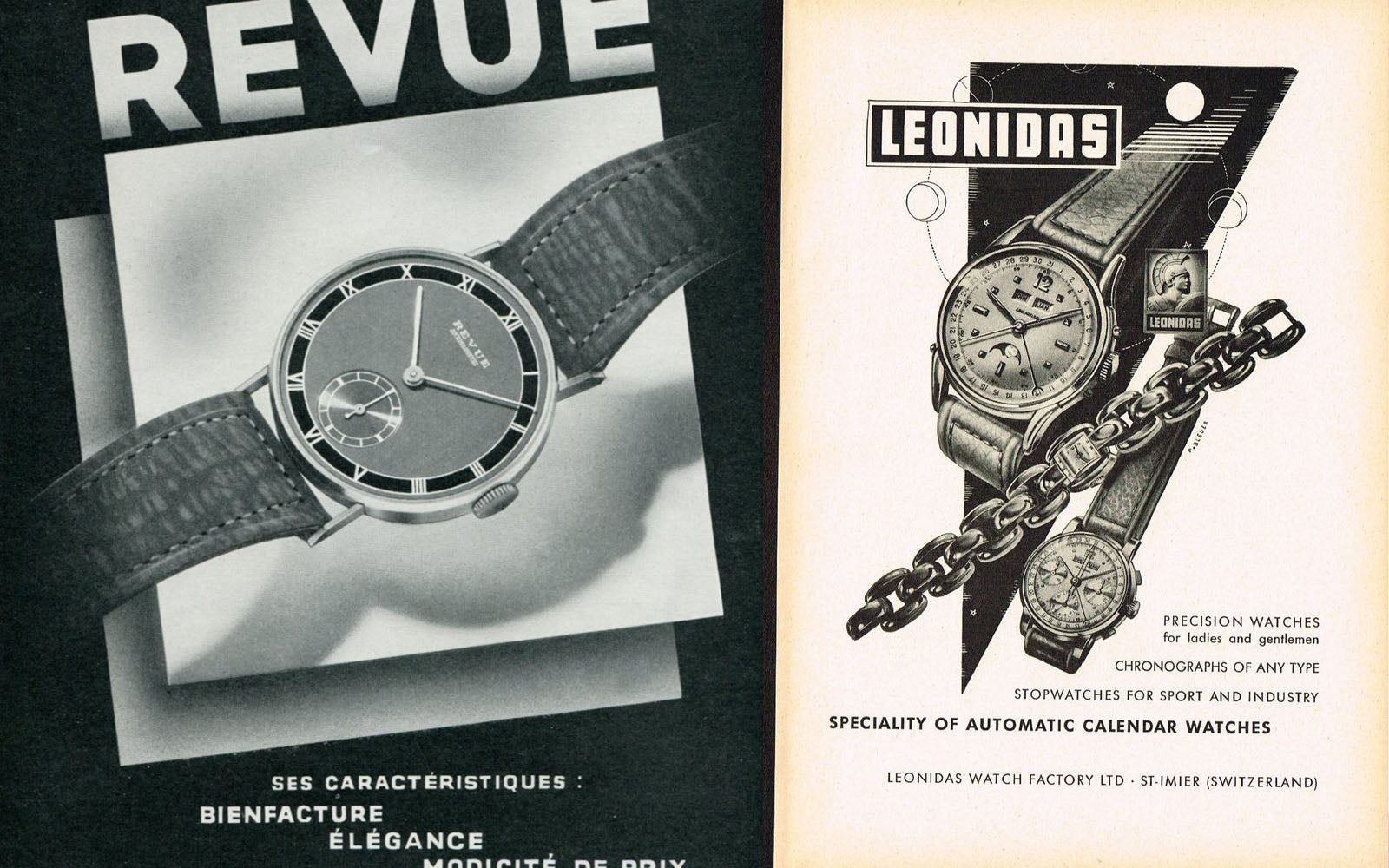
Style icons of that era wearing their dress watches. Small but cool…

A Giant Amongst Men
There were, however, anomalies back in those golden times and occasionally watch houses produced watches that bucked the trends of the time and were significantly bigger. Rolex and Tudor both produced oversized Oysters at 36mm with a 20mm lug width, which were produced in smaller numbers and are subsequently sought after. There were other brands who produced watches that were for the time…quite literally huge! Longines and Omega both made watches in this era that were in excess of 38mm, which was a big watch for the time. At a time when the median size of a watch was 33mm, the 38mm+ must have been equivalent to comparing a modern day Submariner with an oversized 48mm sports chrono by Zeno.

Oversized 38 mm Doxa, NOS condition

Oversized 38 mm Longines 27M with rare step case
A Big Presence
The oversized 50s watches are perfect for the modern watch collector. They have a wonderfully balanced presence on the wrist and within the context of popular choices for collectors are ideally sized to allow different strap options. I own a 38mm Omega ‘calatrava’ that I wear as a dress watch and it actually ‘feels’ bigger than a 5513 when I wear it. Likewise, this Longines watch is beautiful in every aspect – the dial, the hands and the shape of the case. Add to this cool watch the fact that it is a large size 38mm piece and really it doesn’t get any better!
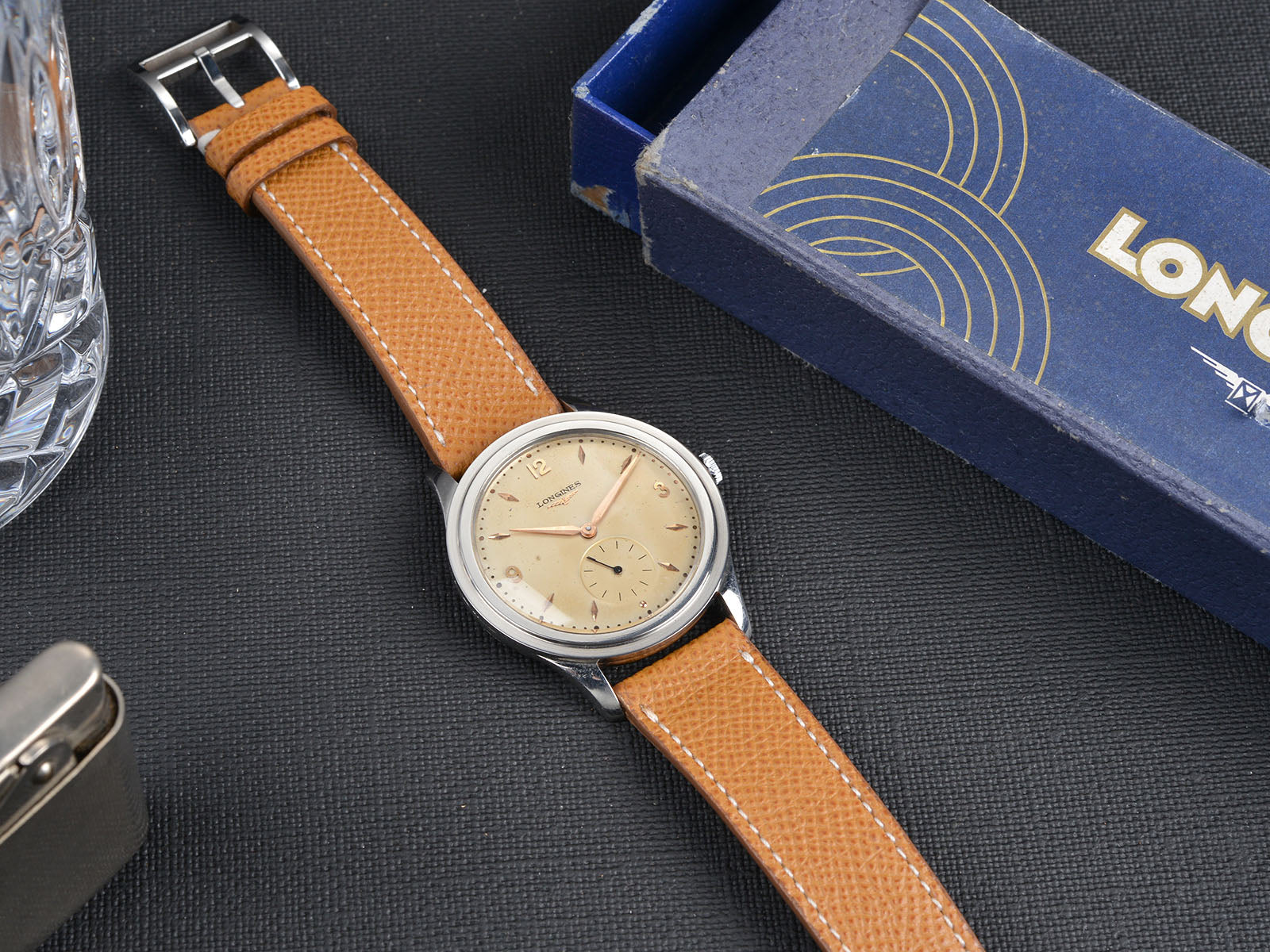
The Cyclic Nature of Time
Following many years of a ‘big is beautiful’ view of watches, it seems times are changing again and now both brands are manufacturing and consumers buying watches that are a more moderate size. Over the past decade, watches seemed to be getting bigger and bigger…some resembling satellite dishes, but now we are witnessing a reduction is case sizes. A good example of this is the Rolex Day Date watch. At the last Baselworld they unveiled a new 36mm range of watches having spent the previous years building the watches up from 36mm to 42mm in the case of the Day Date 2. Elsewhere, modern watches are settling down to more modest dimensions and it seems a balance has been found. The vintage market is also now heavily focused on dress watches, as we discussed before with the Day-Date watches and steel Patek watches.
Just Because We Love Them
To us these large size 50s dress watches are the perfect versatile watches for wearing for all occasions. With a suit or dinner jacket for formal wear or your jeans for a casual dinner, the dress watch is back on collectors’ radars. Beyond that, however, we just love them and enjoy wearing them of different straps and mixing and matching with different accessories.
